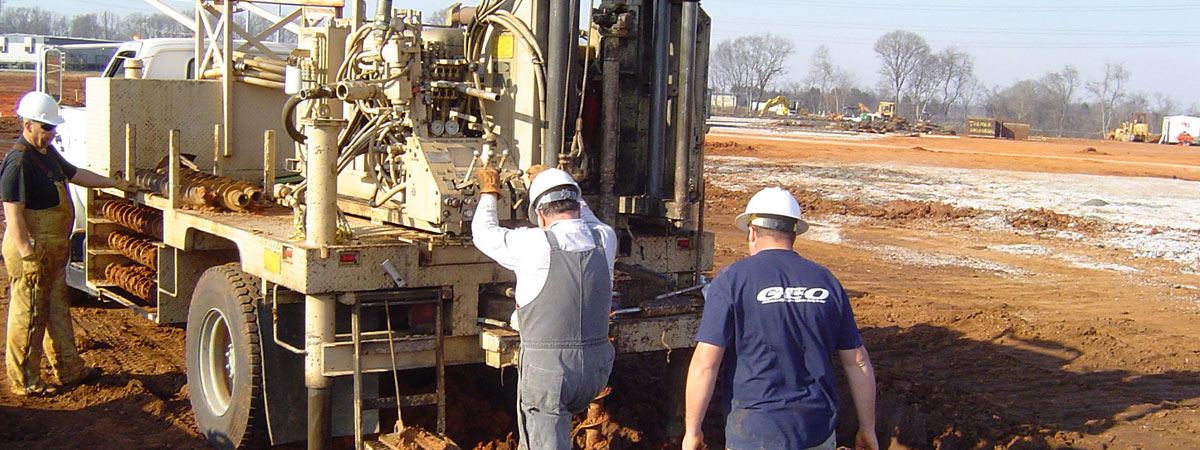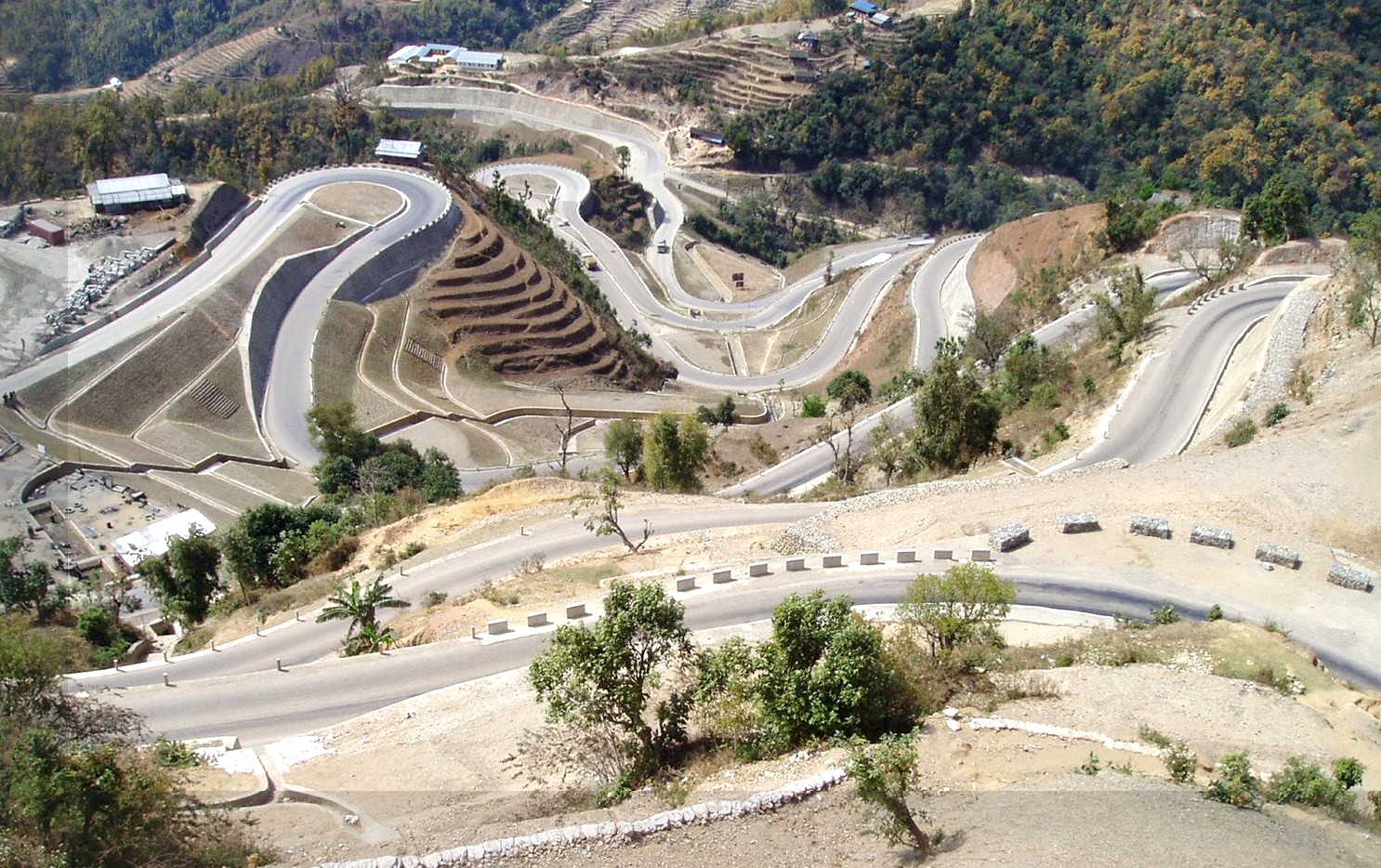Choosing the Right Geotechnical Engineers for Your Following Large-Scale Task
Choosing the Right Geotechnical Engineers for Your Following Large-Scale Task
Blog Article
The Interdisciplinary Approaches in the Geotechnical Industry: Bridging the Space In Between Design, Geology, and Environmental Scientific Research for Ideal Task Results
The combination of design, geology, and ecological scientific research within the geotechnical market is not just useful; it is necessary for achieving ideal task outcomes. This interdisciplinary collaboration fosters a detailed understanding of facility site conditions, permitting for ingenious services to arise. By examining key duties and effective situation research studies, we can reveal the vibrant interaction that drives project success. Challenges remain in properly handling these multidisciplinary efforts, increasing questions regarding future trends and potential advancements. What methods might arise to facilitate this vital partnership and enhance the efficacy of geotechnical techniques?
Importance of Interdisciplinary Collaboration
The importance of interdisciplinary collaboration in the geotechnical market can not be overemphasized. Effective geotechnical projects require the assimilation of diverse knowledge from various areas, including design, geology, and environmental science. This partnership makes sure that all facets of a task are considered, causing extensive solutions that attend to complex difficulties.
Interdisciplinary partnership fosters technology by enabling specialists to share insights and approaches that might not be apparent when working in isolation (consulting engineer). By leveraging the toughness of several self-controls, groups can determine possible risks, maximize layout processes, and improve the sustainability of geotechnical projects. Such partnership advertises an alternative understanding of site-specific conditions, which is critical for precise assessment and decision-making.
The intricacy of geotechnical jobs necessitates a coordinated technique to analytical. Inevitably, interdisciplinary partnership is crucial for advancing best practices and achieving excellence in the geotechnical industry.
Secret Duties of Each Discipline
Cooperation among numerous techniques is not simply valuable; it is crucial for the effective implementation of geotechnical tasks. Each technique-- design, geology, and environmental scientific research-- plays a distinctive yet interconnected role that adds to project efficacy and sustainability.
Geotechnical designers are largely liable for developing foundations and ensuring structural honesty. They analyze soil and rock residential properties to evaluate load-bearing abilities, providing important information for safe building and construction practices. Their expertise makes it possible for the solution of innovative services to complex challenges.

Environmental researchers evaluate the prospective influences of building and construction on environments and water sources. They conduct ecological evaluations and develop mitigation techniques to minimize adverse effects. By integrating environmental factors to consider, they ensure compliance with policies and advertise sustainability throughout the job lifecycle.
Study of Effective Combination
Successful combination of geotechnical disciplines can be exemplified with different situation studies that highlight the effectiveness of synergy in dealing with intricate design challenges. One noteworthy instance is the building and construction of the Hong Kong-- Zhuhai-- Macau Bridge, where a collaborative method entailing geotechnical design, geology, and ecological scientific research was essential. Designers and rock hounds worked in unison to assess the seabed problems and enhance the foundation layout, making sure stability and lessening environmental impact.
One more impactful case is the renovation of slope security in the San Francisco Bay Location, where an interdisciplinary group combined geotechnical analysis with ecological analyses. By integrating geological surveys and hydrological research studies, the group properly recognized possible landslide dangers and implemented effective reduction measures, enhancing security and sustainability.
In addition, the redevelopment of Brownfield websites typically needs a multidisciplinary approach. In one instance in Chicago, partnership among geotechnical designers, ecological scientists, and city planners caused the click for more successful remediation of contaminated dirt, permitting for the secure transformation of the website right into a neighborhood park. These instance research studies illustrate that interdisciplinary partnership not only addresses technical challenges yet additionally fosters innovative remedies that benefit both tasks and areas.
Obstacles in Multidisciplinary Projects

Furthermore, collaborating timetables and workflows among different groups can be troublesome, specifically when each self-control has unique job landmarks and deliverables. This imbalance can result in hold-ups and raised costs. The difficulty of source appropriation likewise looms big; guaranteeing that specific proficiency is readily available at crucial times requires careful planning and insight.
Last but not least, regulatory conformity postures one more significant difficulty. Each self-control may deal with different regulatory frameworks, and straightening these demands to fulfill job purposes can be complex and lengthy. Dealing with these difficulties demands strong management and efficient communication methods to foster partnership and guarantee that multidisciplinary teams function cohesively towards shared objectives.
Future Trends in Geotechnical Practices
As the geotechnical industry advances, arising patterns are improving methods to address the obstacles faced in multidisciplinary projects - engineer of record. One substantial trend is the increased integration of innovative innovations, such as expert system and artificial intelligence, into geotechnical evaluation and style. These technologies boost predictive modeling and risk evaluation, enabling engineers to make more enlightened choices throughout the task lifecycle

Furthermore, the adoption of electronic doubles and real-time surveillance systems is ending up being more prevalent. These devices assist in ongoing analysis of soil problems and structural performance, permitting timely interventions when concerns develop.
Verdict
In conclusion, the combination of engineering, geology, and environmental scientific research is important for attaining optimum end results in the geotechnical industry. Effective case studies illustrate the advantages of this approach, while recognizing the difficulties encountered in multidisciplinary projects.
The integration of engineering, geology, and environmental science within the geotechnical industry is not simply useful; it is imperative for achieving optimum task results. Effective geotechnical jobs need the combination of varied know-how from different fields, including design, geology, and ecological scientific research.Browsing the complexities of multidisciplinary tasks in the geotechnical sector presents a number of significant obstacles.As the geotechnical industry progresses, arising patterns are reshaping techniques to resolve the difficulties encountered in multidisciplinary tasks. Geotechnical engineers are increasingly collaborating with environmental scientists to make sure that jobs line up with sustainability objectives and abide with governing demands.
Report this page